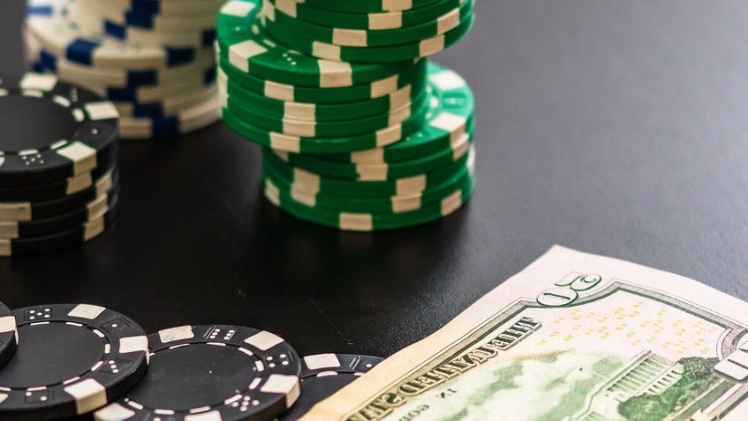Professional poker cash flow management is the bedrock of any winning poker player’s strategy. You will never play with terrified money or in a game larger than you can afford. If you handle your money well, your performance should improve dramatically. When getting started in poker, among the most crucial things you must do is to create a separate bankroll for the game. That’s right, “poker money” refers to the cash you set aside specifically for wagering on poker games. This shouldn’t be too much of a problem if you’re just playing poker for enjoyment or as a hobby. However, a decent bankroll management technique is something to consider whether you’re starting to play poker online quite seriously. The answer to this question may vary based on several factors, including the type of poker being played (online vs. live), the player’s skill level, and whether or not the games being played are cash tournaments or events. Keep reading for more information about how to build your poker bankroll from scratch.
Poker Psychology: Never Bet with The little Bankrolls
For the most part, people have an emotional investment in their financial well-being, which makes it challenging to achieve success at No-Limit Hold’em. Poker money should be kept physically and psychologically apart from other funds. You should count on losing some money when playing poker, but that shouldn’t derail your regular financial plans. If you lose 100s (or hundreds) of cash in a poker tournament, you can’t afford to wonder what could’ve been. Poker money may only be spent or won in poker. Don’t let the poker money affect your game; instead, treat it as just another tool. The funds did not come from somewhere else and hence cannot be considered wasted. A successful no-limit game cannot be played if the player is too nervous to lose their bankroll or cannot afford to do so. One must always be ready to risk losing everything by placing all of their cards on the table. Having an opponent who knows you won’t risk your chips gives them an advantage. And despite all that, when you’re scared, not even you can make the tough calls or pull off the bluffs you normally would.
Why Would You need a Big Cash reserve to Play Poker?
Think about 50-100 buy-ins for your cash games. A poker bankroll of $ 2,000-$ 4,000 is required for $ 75 NL. You should consider increasing your capital for online gaming, where the quality of opponents and the rake may be higher. You need to be able to play over dry spells to make money in tournaments and MTTs. Your buy-in number should be between one hundred and two hundred.
Poker Money Management Calculator
You should set reasonable monthly goals based on your actual income, expenses, and results. It’s important to evaluate:
- Cost of your monthly nut.
- Possible income on your end.
- Cash on hand refers to the total of funds that you have available.
Paying Your Monthly Nut
Your “nut” is the amount of money you spend each month. Living, personal, and poker costs are all factored in. If you want to make ends meet with poker, you’ll need to earn this much every month. It’s the absolute minimum, to put it another way. To determine how much money you have to make each month, first determine your nut, and then add 15–20%. This is your poker bankroll; use it just to play poker. You should also have enough money set aside for emergencies to last you for at least three months. When playing in a live setting, you may expect to see approximately 20–25 hands being dealt per hour. In terms of pace, six-max games that are played online deal approximately 110 hands per hour, whereas full-ring games deal approximately 80 hands per hour. In fast-fold cash games, the maximum number of hands you can play in an hour is 240. When playing at multiple tables at once, you have the potential to reach a theoretical maximum of 900 rounds per hour. This is the highest possible round rate.
The Difference Between the Required Threshold Cash pile for Live and Online Poker
A fund of 100 buy-ins will get you by if you’re exclusively playing in free poker live games. You’ll need a somewhat greater bankroll to play the same limit whenever you move your games online. Since you will be exposed to more hands when playing online, you should expect greater swings and higher variance. If you plan on playing online at a single table, you should have at least 120 buy-ins available. Multi-tabling online increases both your risk and your potential reward, as more money is being placed into play at once. Starting to play over than one online table increases your exposure to variance, therefore you should probably bring a larger bankroll.

